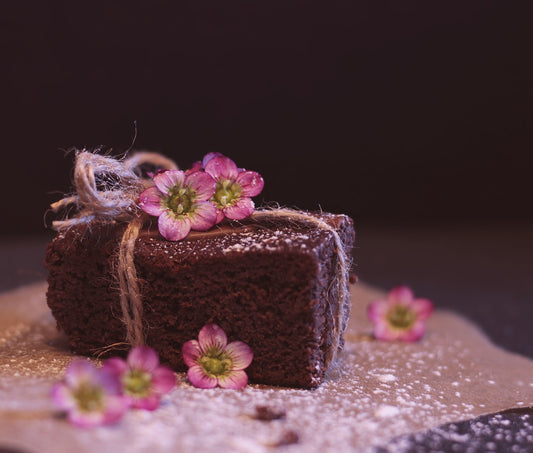
Passive cooking: the technique to save energy in the kitchen
Aktie
Do you know the principle of “passive cooking”? It is a fairly simple cooking method, which reduces energy and CO2 emissions. If, in fact, the cost of food and fuel has increased in recent months, the same goes for the energy sector which weighs more and more on the wallets of Italians. In a traditional household, the kitchen accounts for a large share of energy consumption. To reduce these expenses, some are trying their hand at no-cook meal prep, while others are turning to batch. An Anglo-Saxon method, which consists in preparing all the meals of the week in a single cooking session, before freezing everything. But what about passive cooking?
What is passive cooking?
Contrary to what the news might suggest, passive cooking is a technique born towards the end of the 19th century. Used to cook food in boiling water, it consists of boiling water for exactly 2 minutes before turning off the heat. The food is then left to cook under the lid for about 10 minutes. Recommended by Giorgio Parisi (Nobel Prize for Physics in 2021), passive cooking would thus make it possible to obtain perfectly cooked pasta or vegetables, consuming less energy. Thanks to the lid, the heat will remain concentrated inside the pan. However, the cooking time will be slower than normal.
In October, Barilla even published a "guide to passive cooking times", according to the different pasta shapes. For example, for a package of spaghetti n.5 which indicates 9 minutes of cooking, the water should be boiled for 2 minutes, then the pasta should be cooked for 8 minutes, always covered. Of course, passive cooking has its limitations, and the method cannot be used for inedible raw products (unlike vegetables or pasta).



